TikTok Shop Launches in Japan Following its Expansion Strategy
TikTok officially launched TikTok Shop in Japan on June 30, rolling out its in-app eCommerce experience to
As an Amazon or Shopify seller, you’re no stranger to the frenzy that accompanies this time of year. However, the true challenge lies in achieving brisk holiday sales and cultivating customer loyalty that lasts far beyond the season’s festivities. In this blog, we’ll delve into innovative strategies to bolster customer retention during the holiday season, from a perspective that transcends the conventional playbook.
In the competitive landscape of eCommerce, building a devoted customer base is akin to constructing a fortress around your business. This grit doesn’t come from a single sale; it’s forged through a combination of memorable experiences, personalized touchpoints, and an unyielding commitment to customer satisfaction. In the spirit of the holiday season, let’s explore how you can create bonds that outlast the holiday lights, benefitting your bottom line and your customers’ sense of belonging. Also, discover how this is correspondingly connected to customer retention during the holiday season.
Exceptional customer service is the cornerstone of any successful eCommerce business, and during the holiday season, it becomes an even more critical component of building lasting customer loyalty. Here’s a deeper dive into why exceptional customer service matters and how you can implement it effectively to achieve customer retention during the holiday season.
The holiday season often brings a surge in customer inquiries, ranging from product queries to shipping concerns. Shoppers expect timely responses. This means your customer support team needs to be well-prepared, adequately staffed, and equipped with the necessary tools to handle the increased volume of inquiries. Consider integrating chatbots or AI-powered customer support systems to assist with routine queries, allowing your human agents to focus on more complex issues. Responding promptly addresses customer’s concerns and demonstrates your commitment to their satisfaction. This eventually becomes the key to customer retention during the holiday season.
In a world where customers are bombarded with generic marketing messages, personalized assistance stands out. Use the data you have on your customers, such as their purchase history and preferences, to provide tailored recommendations and support. Address customers by their names in communications, acknowledge their previous interactions with your brand, and make product suggestions based on their interests. This personal touch goes a long way in making customers feel valued and understood.
The holiday season often involves gift-giving, which can lead to a higher rate of returns and exchanges. Make the returns process as simple and hassle-free as possible. Provide clear instructions on how to return items, offer prepaid return labels when feasible, and process returns promptly. Customers are more likely to remain loyal when they know that they can shop with confidence, knowing that returns are hassle-free.
Despite your best efforts, problems may arise during the holiday rush. Whether it’s a delayed shipment, a damaged item, or an order mix-up, it’s crucial to handle these issues gracefully. Empower your customer support team with the authority to resolve problems efficiently. Train them to empathize with customers, apologize when necessary, and provide meaningful solutions. Resolving issues well can turn a potentially negative experience into a positive one and increase customer loyalty.
Going the extra mile can leave a lasting impression. Consider including personalized thank-you notes with holiday orders. These notes can express gratitude for their business, wish them happy holidays, and even offer a special discount or exclusive offer for their next purchase. These gestures show that you genuinely appreciate your customers and are willing to invest in their continued satisfaction.
Personalization is an essential component of building customer loyalty in the eCommerce world. It involves tailoring the shopping experience to the individual preferences and behaviors of your customers. In the context of Amazon and Shopify sellers, personalization can be a powerful tool for creating a deep and lasting connection with your audience.
To begin with personalization, you need to understand your customers on a granular level. Both Amazon and Shopify provide valuable tools and analytics that allow you to gain insights into customer behavior, preferences, and purchase history. This data can reveal patterns and trends, helping you identify what products your customers are interested in, what types of promotions they respond to, and when they are most likely to make a purchase.
Once you have collected and analyzed customer data, you can segment your audience into different groups based on shared characteristics. For example, you can create segments for first-time buyers, loyal customers, or customers who have abandoned their carts. This segmentation allows you to tailor your marketing efforts and messaging to each group’s specific needs and interests.
One of the most effective ways to use customer data is by providing personalized product recommendations. Using algorithms and machine learning, platforms like Amazon and Shopify can suggest products to customers based on their browsing and purchase history. These recommendations can appear on the homepage, product pages, or in email campaigns. When customers see products that align with their interests, they are more likely to make a purchase and feel that the platform understands their needs.
Many customers use wish lists to keep track of products they are interested in but may not be ready to buy immediately. By sending timely wish-list reminders, you remind customers of the items they’ve expressed an interest in. This encourages them to complete the purchase and shows that you pay attention to their preferences.
During the holiday season, offering exclusive promotions tailored to each customer’s preferences can be highly effective. For example, if a customer frequently buys kitchen appliances, you can send them special discounts or bundles related to kitchenware. This not only boosts sales but also creates a sense of exclusivity and appreciation, making customers feel special.
When customers consistently receive personalized recommendations and offers that align with their interests, they develop a sense of loyalty to your brand. They perceive your platform as one that caters to their needs and understands their preferences. This emotional connection goes a long way in building customer loyalty, as they are more likely to return for future purchases and recommend your brand to others.
The holiday season is a prime opportunity to strengthen your relationship with existing customers and incentivize them to return. One of the most effective ways to achieve this is by offering exclusive holiday promotions and discounts tailored to this loyal group of shoppers. Here, we’ll delve into why this strategy is crucial and how to implement it effectively.
Existing customers are a valuable asset to your business. They’ve already made a purchase, indicating a level of trust in your brand. By offering them exclusive promotions, you’re essentially saying, “Thank you for your loyalty.” This not only acknowledges their continued support but also reinforces their positive perception of your brand.
The primary goal of offering exclusive promotions to returning customers during the holiday season is to encourage repeat purchases. These exclusive deals give customers a compelling reason to come back to your store instead of exploring other options. Whether it’s a discount, a buy-one-get-one offer, or early access to holiday sales, these perks can significantly influence their decision to shop with you again.
Loyalty programs and holiday-themed reward tiers create a sense of belonging among your customers. When shoppers know that they are part of an exclusive club or tier that grants them access to special promotions, they feel like valued members of your community. This emotional connection can be a powerful driver of loyalty.
Customers love to feel appreciated, especially during the holiday season. Exclusive promotions convey a message of appreciation for their ongoing support. Additionally, the sense of exclusivity makes customers feel like they are getting something that others aren’t, which can be a strong motivator.
To offer exclusive promotions, you need to segment your customer base effectively. This can be done based on past purchase history, frequency of purchases, or customer engagement level with your brand. By dividing customers into segments, you can tailor promotions to different groups, ensuring that the offers are relevant and enticing.
Ensure that your customers are aware of the exclusive promotions available to them. Use email marketing, social media, and website banners to communicate these special offers. Create a sense of urgency by mentioning limited-time availability to encourage prompt action.
Create loyalty programs with tiered rewards. As customers make more purchases or engage more with your brand, they can unlock higher tiers with better promotions. This not only encourages repeat business but also motivates customers to climb the loyalty ladder.
After the holiday season, analyze the performance of your exclusive promotions. Which ones were the most successful in customer retention during the holiday season and driving sales? Use this data to refine your strategies for the next holiday season, ensuring that your offers continue to resonate with your audience.
Engaging customers through content can be a game-changer during the holiday season. Beyond just offering products and promotions, creating meaningful and engaging holiday content can set your brand apart and foster a deeper connection with your audience. Here’s how to do it effectively in order to achieve optimal customer retention during the holiday season:
The holiday season is a time when emotions run high, and heartwarming stories can tug at your customers’ heartstrings. Share stories about your brand’s journey, the people behind it, or heartwarming customer experiences. For example, if you sell handmade products, share the story of the artisans who create them. Such narratives create an emotional connection with your brand and make customers feel like they are part of a larger, meaningful story.
Many people enjoy getting crafty during the holidays, whether it’s making homemade gifts or decorating their homes. Consider creating content that provides valuable DIY tips and ideas related to your products. For instance, if you sell kitchen gadgets, you could share holiday recipes and cooking tips. Providing practical guidance demonstrates your expertise and positions your brand as a helpful resource.
One of the biggest challenges during the holiday season is finding the perfect gifts. Create gift guides tailored to different personas or interests within your target audience. These guides can showcase your products as ideal solutions to various gifting needs. Whether it’s “Gifts for Tech Enthusiasts” or “Gifts for the Cozy Homebody,” these guides make holiday shopping easier for your customers.
Utilize your social media platforms to share your holiday content. Create visually appealing and shareable posts highlighting your heartwarming stories, DIY tips, and gift guides. Encourage user-generated content by running holiday-themed contests or challenges that involve your products. Engaging with your audience on social media creates a sense of community and keeps your brand on their radar.
Leverage the power of email marketing to deliver your holiday content directly to your customers’ inboxes. Send out regular newsletters featuring your heartwarming stories, DIY tips, and gift guides. Personalize your emails to ensure they are relevant to each customer based on their preferences and past interactions with your brand.
Maintain an active blog on your eCommerce website to host in-depth content. Write blog posts that expand on the topics covered in your social media and email content. For example, if you shared a DIY tip on social media, create a detailed step-by-step guide on your blog. Blog posts not only provide value but also improve your website’s SEO, drawing in organic traffic.
The success of your business heavily relies on providing customers with a seamless shopping experience. While this concept might seem straightforward, it encompasses various elements that together can significantly impact customer satisfaction and, consequently, their loyalty. Let’s delve deeper into what it means to create a seamless shopping experience and why it’s vital for your eCommerce venture, whether you’re selling on Amazon, Shopify, or any other platform.
In today’s digital landscape, mobile commerce is no longer a trend; it’s a fundamental part of eCommerce. Ensuring that your website is mobile-friendly is not just an option; it’s a necessity. Mobile optimization involves responsive web design, where your site adapts to various screen sizes and resolutions seamlessly. This ensures that customers can browse your products, read descriptions, and complete transactions with ease, whether they’re using a smartphone or tablet.
Slow-loading pages are the bane of online shopping. Studies show that even a one-second delay in page load times can result in a significant drop in conversion rates. Shoppers have high expectations for speed, and if your website doesn’t meet these expectations, they’re likely to abandon their carts and seek out competitors. To optimize loading times, consider image compression, browser caching, and a reliable hosting service.
Cart abandonment is a common and costly problem for online retailers. One of the leading causes of cart abandonment is a complex or lengthy checkout process. A seamless experience means streamlining this critical step. Implement single-page checkouts or guest checkout options, allowing customers to complete their purchases quickly without the need for an account. Additionally, offers multiple payment options to cater to various preferences, from credit cards and digital wallets to buy now, pay later solutions.
Your website’s navigation should be intuitive and user-friendly. Customers should easily find the products they’re looking for, whether through well-organized categories or a robust search function. Implement filters and sorting options to help customers narrow down their choices quickly. Also, consider including breadcrumbs and clear product descriptions to assist customers in making informed decisions.
In the age of online scams and data breaches, trust and security are paramount. Ensure that your website employs industry-standard security measures, such as SSL certificates, to protect customer data. Display trust badges and security seals prominently during the checkout process to reassure customers that their information is safe.
Part of a seamless shopping experience is providing prompt and helpful customer support. Make it easy for customers to get in touch with you through various channels, such as live chat, email, or phone. Be responsive to inquiries and resolve issues quickly and professionally. Exceptional customer service can turn a one-time buyer into a loyal customer.
Post-purchase customer engagement is a critical phase in the customer journey that often gets overlooked but can have a profound impact on building long-term customer loyalty. Here’s an elaborate explanation of why post-purchase customer engagement is essential and how to make the most of it:
Once a customer has made a purchase, it’s not the end of the road; it’s the beginning of a potentially long-lasting relationship. Post-purchase customer engagement is your opportunity to nurture and develop this connection. By staying in touch with customers after their purchase, you show that you value their business beyond the transaction.
Sending post-purchase emails asking for reviews and feedback is a powerful way to engaging customers. These reviews serve as social proof for potential future buyers, building trust in your brand and products. Positive reviews can also help in improving your product rankings on platforms like Amazon and Shopify.
Once you gather reviews and feedback, it’s essential to showcase them prominently on your website and product listings. Potential customers often rely on the experiences of previous buyers to make informed decisions. Displaying authentic reviews and testimonials prominently can boost your credibility and encourage more sales.
UGC, such as customer photos and videos showcasing your products in action, can be a powerful tool. Encourage customers to share their experiences on social media using a branded hashtag or by tagging your account. Repost UGC on your own social media channels and website, giving customers a sense of recognition and community.
Beyond individual reviews and UGC, create a sense of community around your brand. Engage with customers on social media by responding to comments and messages. Consider setting up a dedicated space on your website or forum where customers can interact, share tips, and discuss their experiences with your products.
Another effective strategy is to offer exclusive discounts or promotions to post-purchase customers. These offers can incentivize repeat purchases and keep up customer engagement during the holiday season. You can use data from previous purchases to tailor these offers to individual preferences.
Continue to provide value to your customers by offering educational content related to your products. This could include how-to guides, tutorials, or product care tips. By helping customers make the most of their purchases, you demonstrate your commitment to their satisfaction.
Actively seek feedback from customers about their post-purchase experiences, including shipping, product quality, and customer service. Use this feedback to identify areas for improvement and show customers that you value their input in shaping your brand’s future.

TikTok officially launched TikTok Shop in Japan on June 30, rolling out its in-app eCommerce experience to

The TikTok Takeover: From Lip Syncs to Checkout Clicks A few years ago, TikTok was

About the Client Shop Name: CrystalHealStore Marketplace: Etsy Focus: Bohemian & Ayurvedic-Inspired Fashion Location: Global
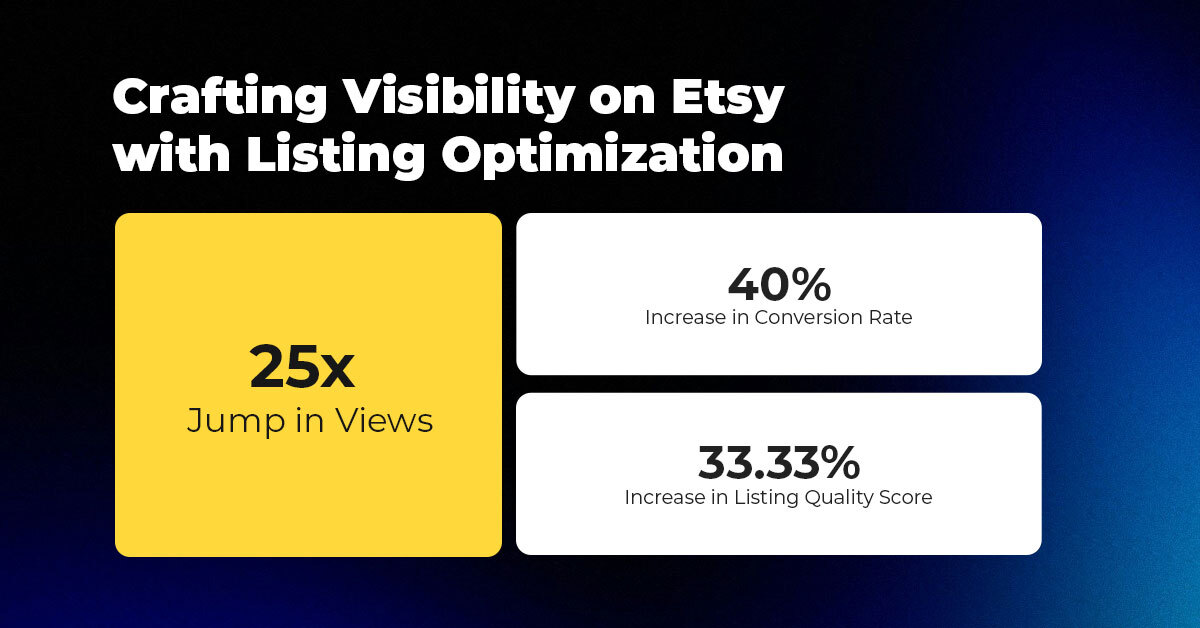
About the Client Shop Name: PinwheelCraftsStore Marketplace: Etsy Focus: DIY Craft Kits for Kids Location:

It just took one Black Friday crash for Gymshark to realize their growth had outpaced
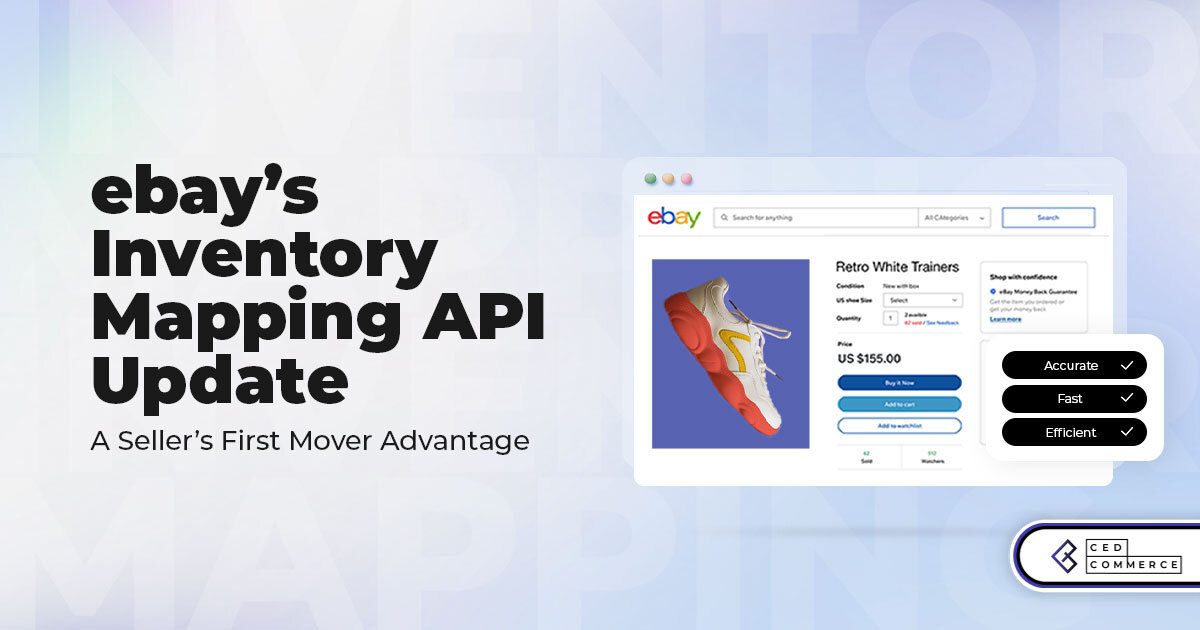
It takes on average 5 to 10 minutes to list a single product on the
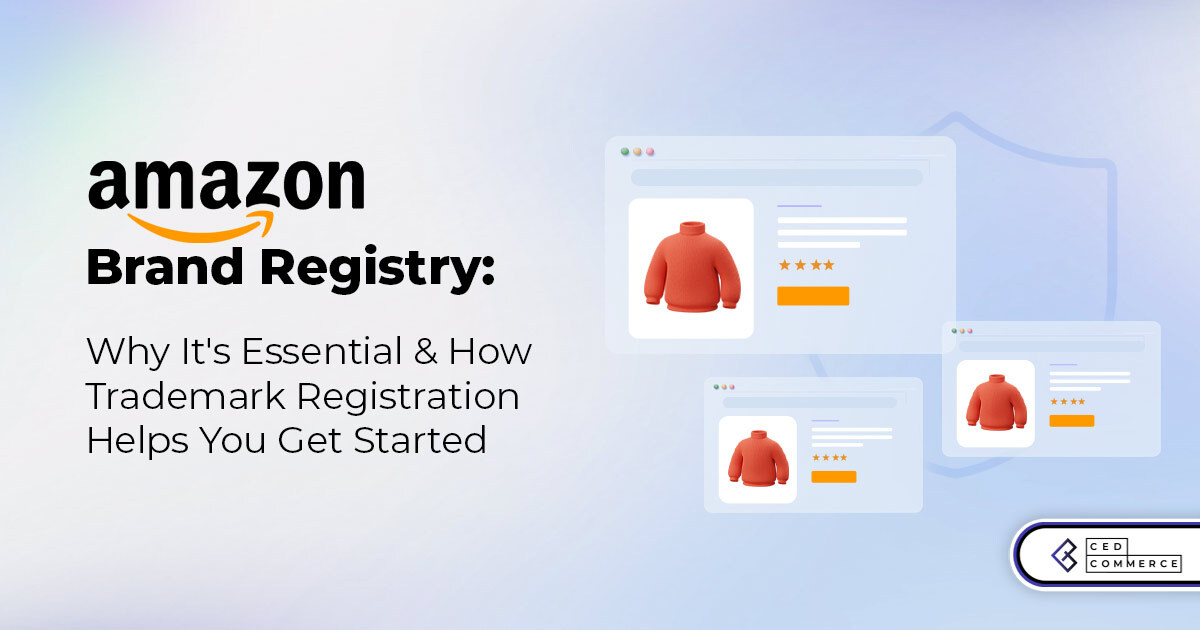
With millions of sellers on Amazon, protecting your brand has never been more important. Counterfeit
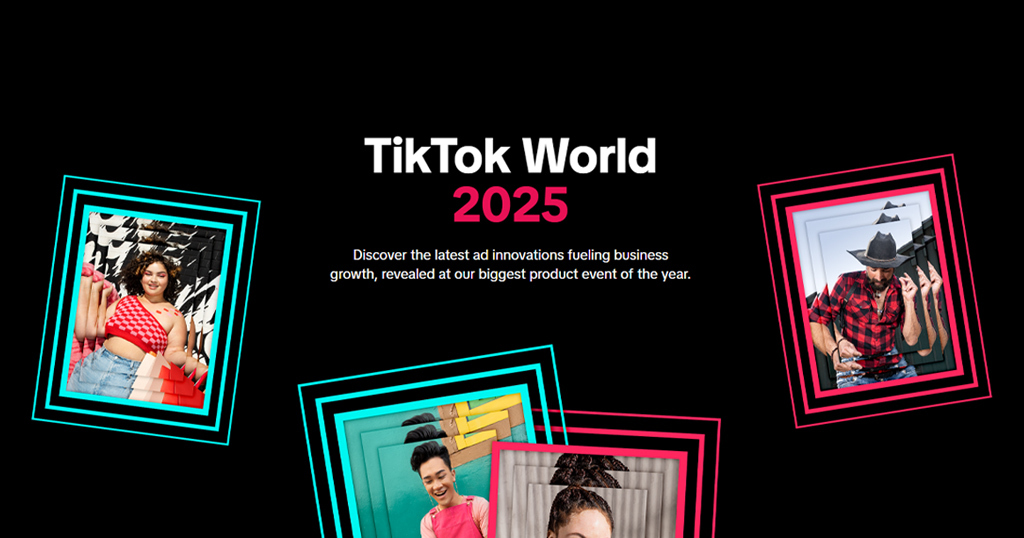
TikTok isn’t just setting trends anymore — it’s rewriting the playbook for performance marketing, creative
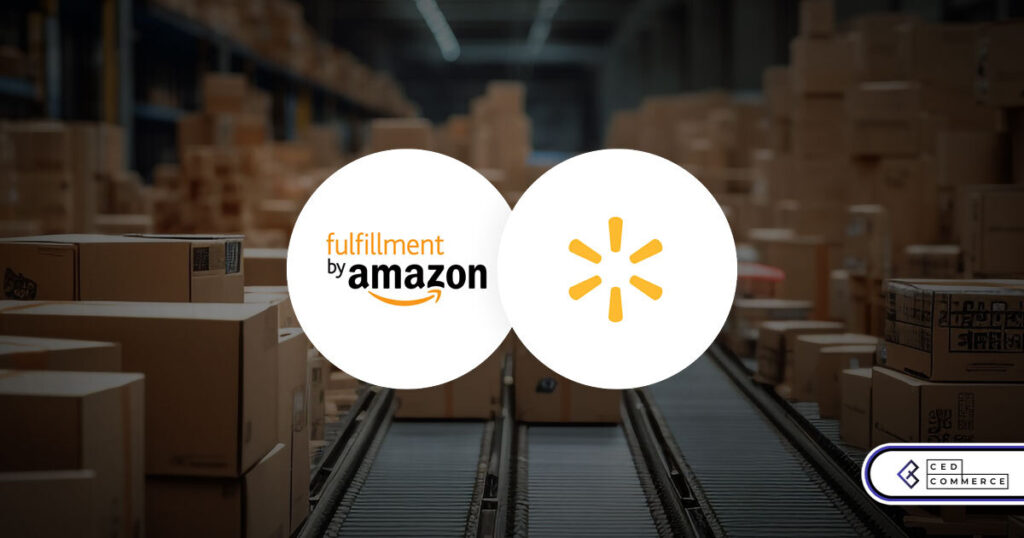
In a significant development for online retailers, Walmart has officially updated its policies to permit
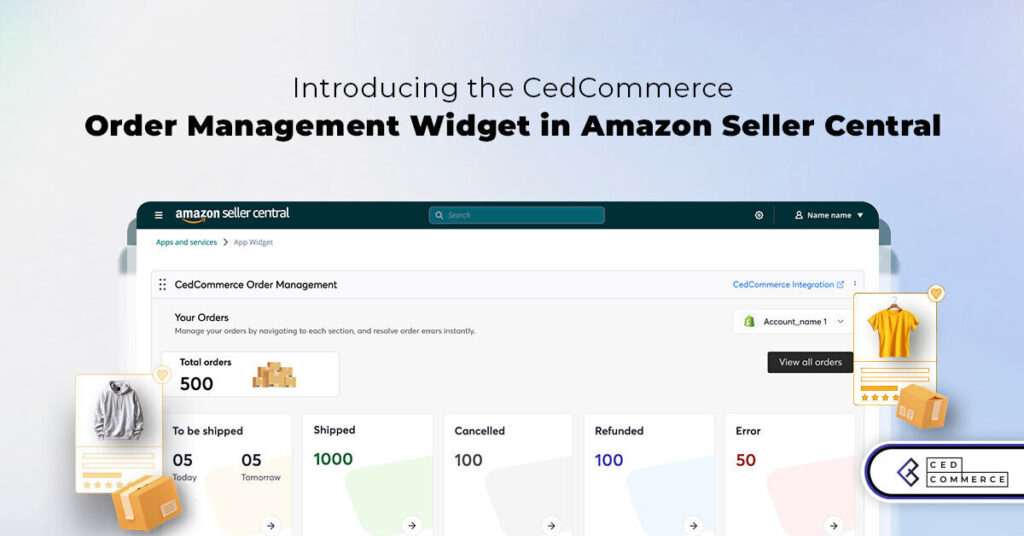
Are you encountering issues with Amazon order management across various sales channels? If so, everyday
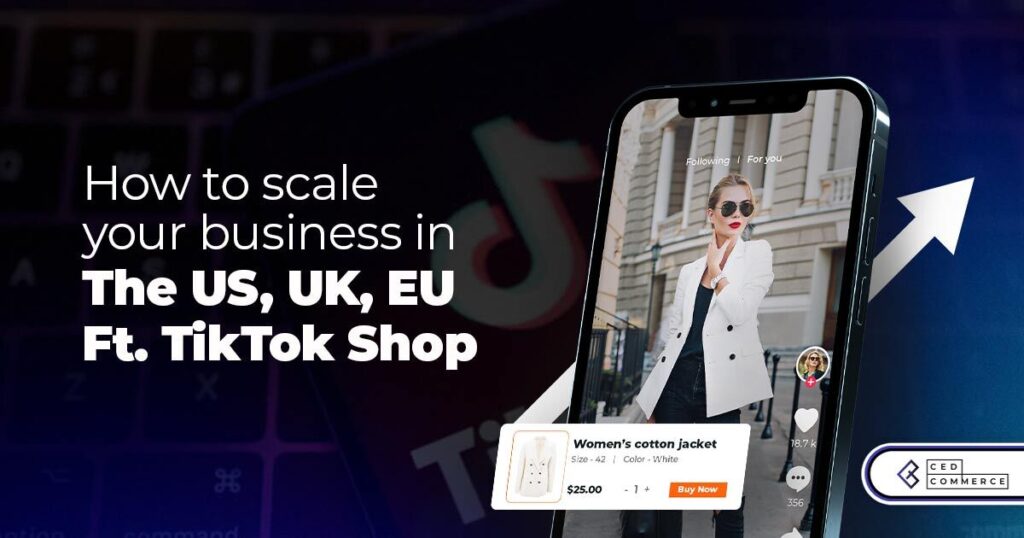
A Deep Dive into Selling Smart on TikTok Shop UK, TikTok Shop US, and TikTok
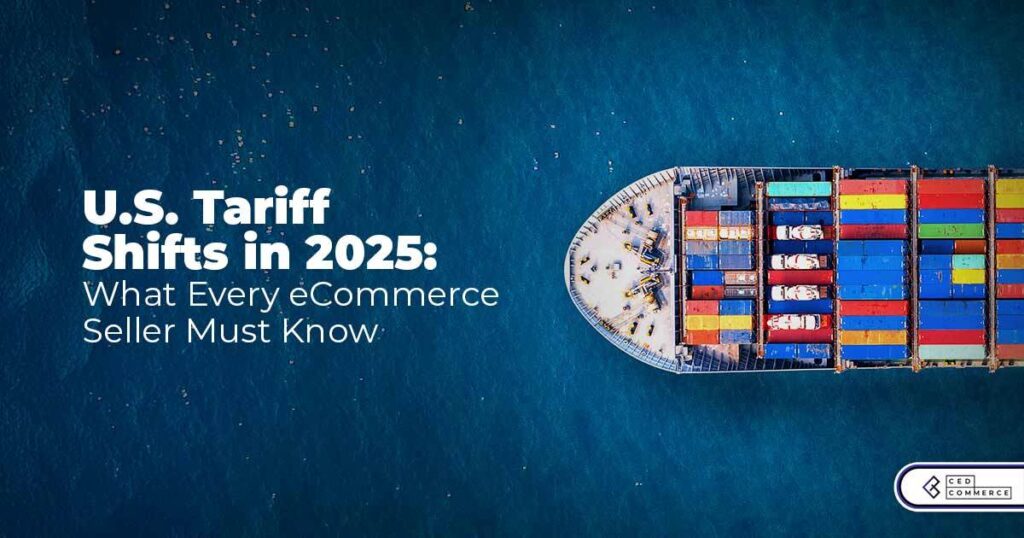
In a world where cross-border commerce fuels eCommerce growth, tariffs are no longer just policy
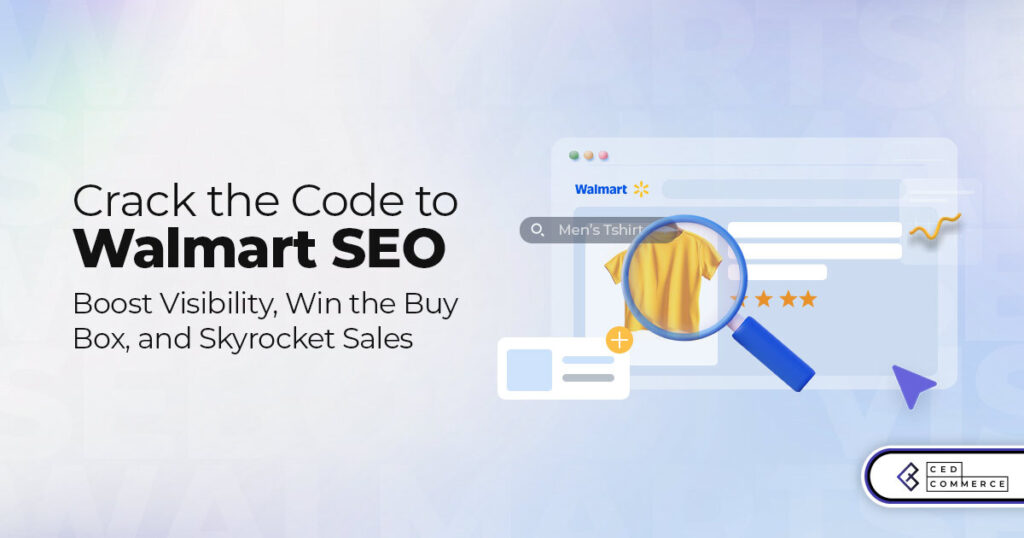
In the world of eCommerce, visibility is everything—and Walmart Marketplace is no exception. With thousands

In what comes as a major relief for TikTok and its millions of users in
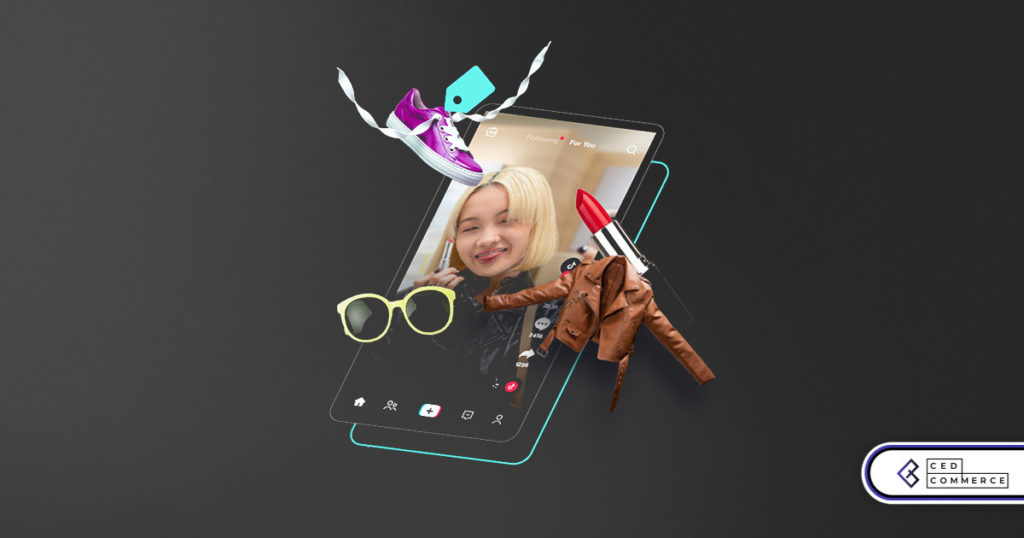
In a move aimed at enhancing product quality and boosting buyer confidence, TikTok Shop has

Selling on Amazon offers immense opportunities, but one of the most crucial decisions sellers face
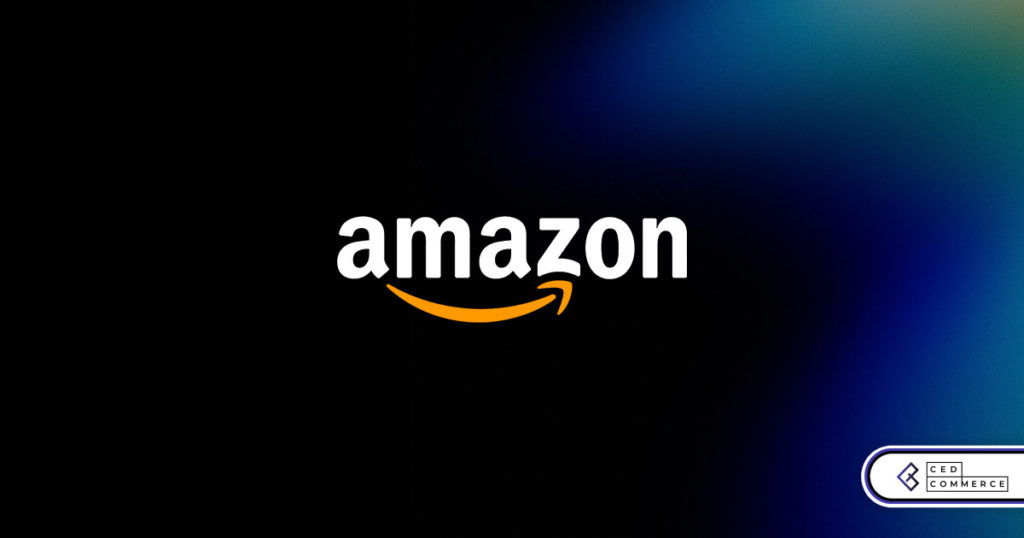
Amazon is doubling down on AI-driven selling tools, introducing a new AI-generated product enrichment pilot
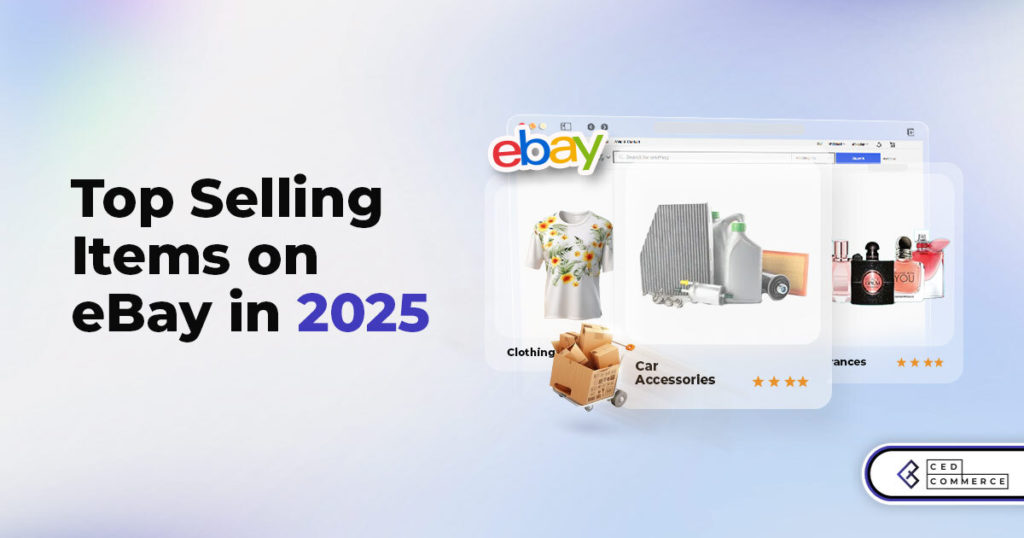
With over 17.6 million sellers on eBay marketplace, cracking the code behind the top selling
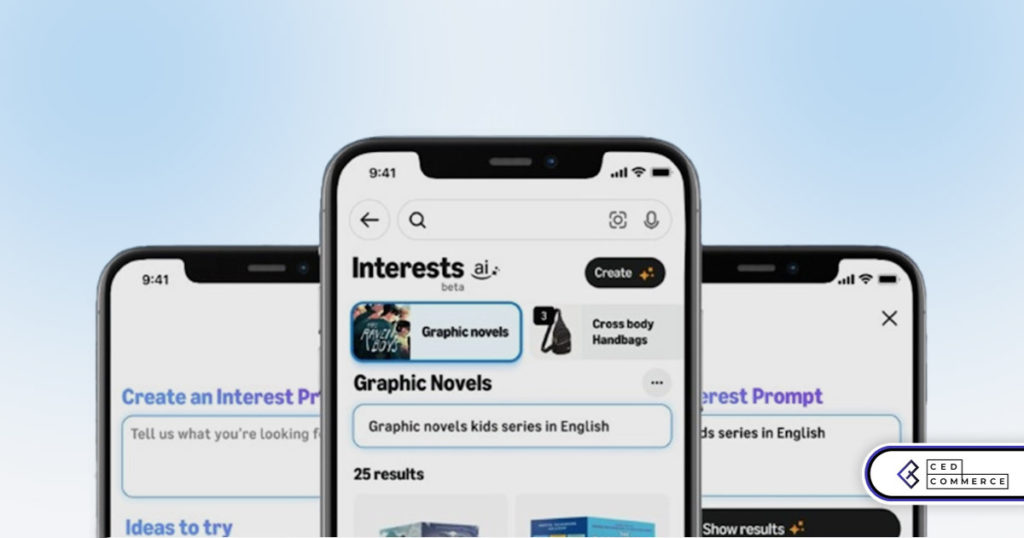
Amazon is doubling down on artificial intelligence, introducing the AI-powered ‘Interests’ feature that automatically finds
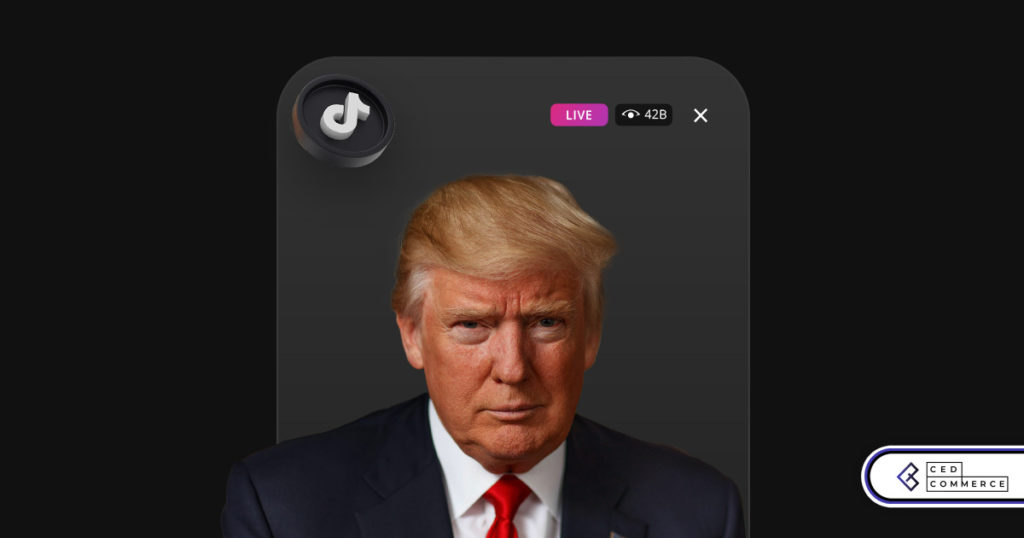
U.S. President Donald Trump has hinted that a TikTok deal is on track before the